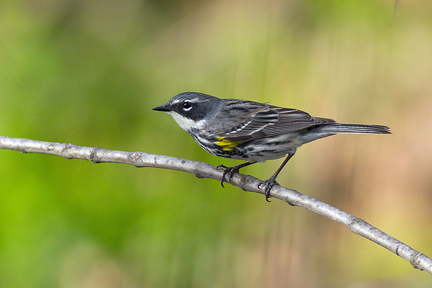November 29—Celebrating a three-tined tribute to the stuff that makes gardens grow seems odd at this time of year. But Global Soil Week, punctuates the end of the U.N.’s International Year of Soils and ends in a trifecta with Saturday’s World Soil Day, relates as much to winter here as it does to places with growing seasons that span the turn of the year.
During Victoria’s damp season, grass gone brown during summer sprouts green, winter heathers bloom, and mushrooms burst forth from the soil.
The chanterelles, pine mushrooms, morels, and other late-year treats are signposts of the complexity and mystery of our coastal soils.
This much we know about soil—we depend on it. To paraphrase the U.N. Food and Agricultural Organization’s website, soil makes possible food, feed, fuel and fibre production. It helps us manage water and prevent drought, and provides supports ecosystem and human wellbeing. Soil does so much for us.
This much we also prefer to overlook. More »









